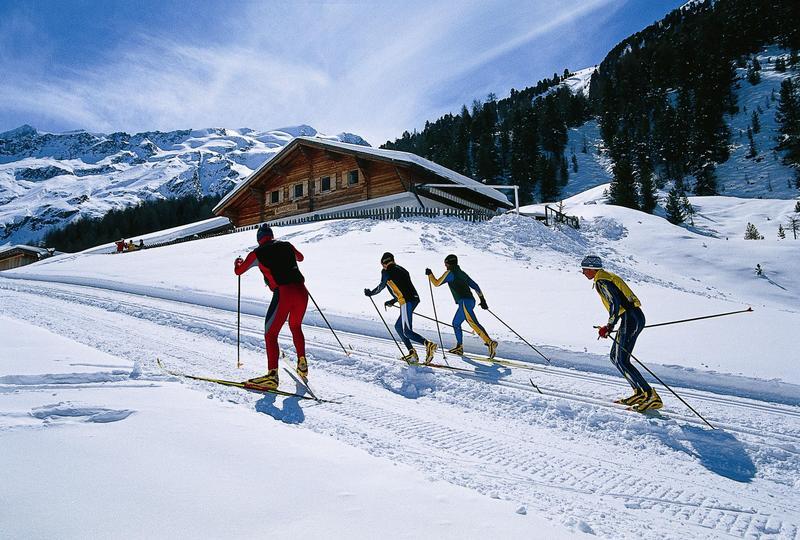Cross-country skiing
Cross-country skiing
Originally, this sport originated in the Scandinavian countries for transportation and recreation and in course of time, it remains popular. In a non-competitive form, this sport is also known as ski tourism.
The skis used for this sport are longer, narrower, have a smaller weight, and the ski poles are also longer than those used in alpine skiing.
Using one of the techniques, an older and more classic one, the skier will ride parallel and kick back, creating a sliding motion over the snow. The later technique of ice skating, or freestyle, invented in the 1970s, is very similar to ice skating. With this technique, the skier pushes the inner edge of the ski back and outward at the same time at an angle of 45 degrees, moving at a higher speed than in the classical technique.
Cross-country or Scandinavian races take place on several circuit races, the standard longitude of which are 10/15/30 and 50 km for men and 5/10/10 and 30 km for women, but there are many traditional competitions that are longer than standard lengths- for example, “Vasaloppet” in Sweden is 56 miles, which equals 90 km.
Before the start of the event, the organizers can agree on which ski technique is allowed in the competition, so, here are some examples of types of races:
1. The contestants begin at regular intervals, and a winner has the lowest time;
2. In the cross-country relay, four men cover the 10 km, or the same number of women cover the distance of 5 km;
- Also, cross-country skiing can include the pursuit races, which run for 2 days: on the first day, skiers take part in a traditional cross-country race, but on the second day, their start is postponed according to their time results of the previous day. In this race, the winner is the one who crosses the finish line first.
A cross-country skiing event isn’t as dangerous as other skiing competitions, but requires a lot of endurance, especially over long distances.
Be the first to post a message!
